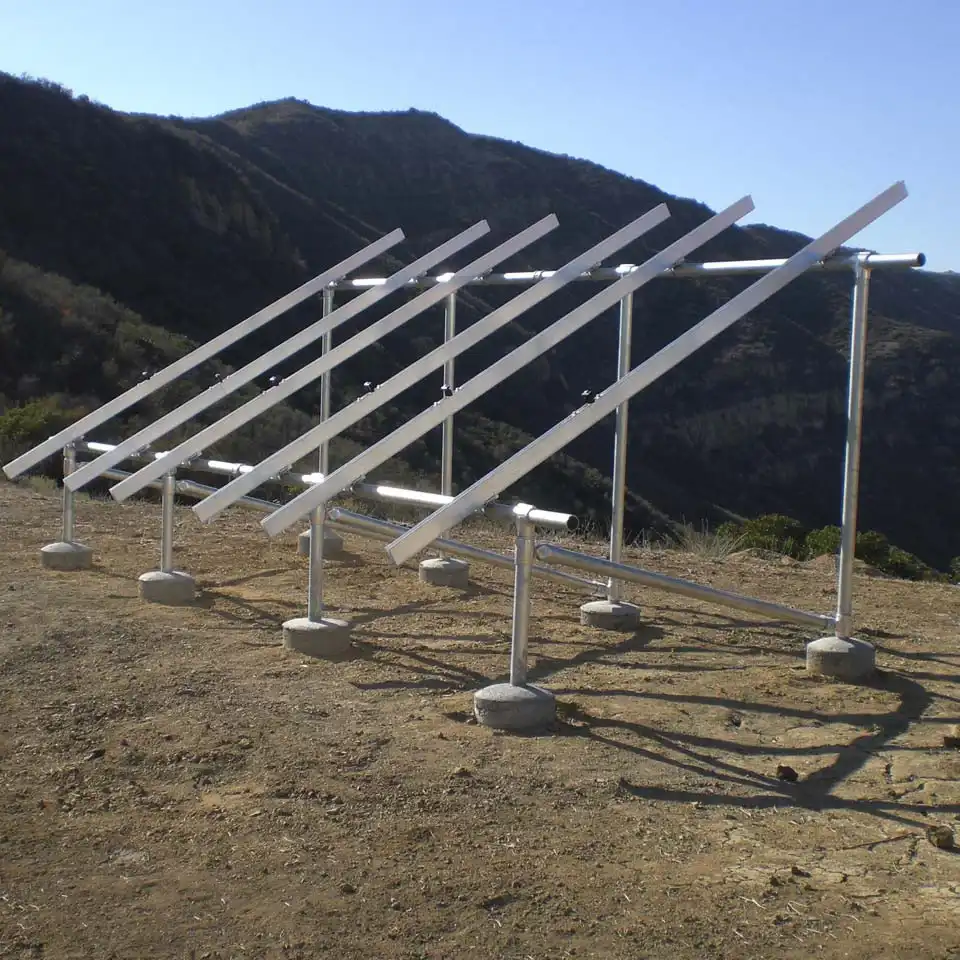Unveiling the Origins: Where Are Audi Vehicles Made?

Audi, a renowned luxury automobile manufacturer, has captivated car enthusiasts worldwide with its exceptional engineering and design. As an Audi enthusiast or potential buyer, understanding where Audi vehicles are made can provide valuable insights into their production processes, quality standards, and global presence. In this blog post, we will delve into the origins of Audi vehicles, ensuring that the content aligns with Google's search engine algorithm while offering in-depth and up-to-date information.
- Germany: The Birthplace of Audi:
Audi's roots can be traced back to Germany, where the company was founded in 1909. The headquarters of Audi AG is located in Ingolstadt, Bavaria, Germany. This is where the majority of Audi's research and development activities take place, driving innovation and technological advancements across their vehicle lineup. - Global Production Facilities:
While Audi's heritage lies in Germany, the company has expanded its production footprint to various locations worldwide. Audi operates manufacturing facilities in several countries, strategically chosen to cater to regional markets and optimize production efficiency. Some notable locations include: a. Germany: In addition to the headquarters in Ingolstadt, Audi has production facilities in Neckarsulm and Brussels, Germany. These plants contribute to the production of various Audi models, including sedans, SUVs, and electric vehicles. b. China: As the largest automotive market globally, China plays a significant role in Audi's production strategy. Audi has established joint ventures with Chinese partners, resulting in manufacturing facilities in cities like Changchun and Foshan. These plants cater to the growing demand for Audi vehicles in the Chinese market. c. Hungary: Audi's manufacturing plant in Győr, Hungary, is one of the company's largest production facilities globally. This facility produces a wide range of Audi models and engines, contributing significantly to Audi's global supply chain. d. Mexico: Audi's presence in North America is strengthened by its manufacturing plant in San José Chiapa, Mexico. This facility primarily focuses on producing SUV models for the North American market. - Collaboration and Global Sourcing:
Audi's production process involves collaboration with a vast network of suppliers worldwide. While the final assembly of Audi vehicles may occur in specific manufacturing plants, components and parts are sourced globally. This global sourcing strategy ensures the highest quality standards and allows Audi to leverage the expertise of suppliers in different regions. - Embracing Electric Mobility:
In recent years, Audi has been actively investing in electric mobility and sustainable manufacturing practices. The company's commitment to electric vehicles is reflected in the production of models like the Audi e-tron. As the automotive industry continues to evolve, Audi's production facilities are adapting to incorporate advanced technologies and sustainable manufacturing processes.
Conclusion:
Audi vehicles are primarily made in Germany, with production facilities in Ingolstadt, Neckarsulm, and Brussels. However, Audi's global presence extends beyond Germany, with manufacturing plants in China, Hungary, and Mexico. By embracing collaboration, global sourcing, and sustainable manufacturing practices, Audi ensures that its vehicles meet the highest quality standards worldwide. Understanding the origins of Audi vehicles provides valuable insights into the brand's commitment to excellence and innovation.
Note: The information provided is accurate and up-to-date at the time of writing. It is recommended to verify the information with official Audi sources or conduct further research to ensure its continued accuracy.





